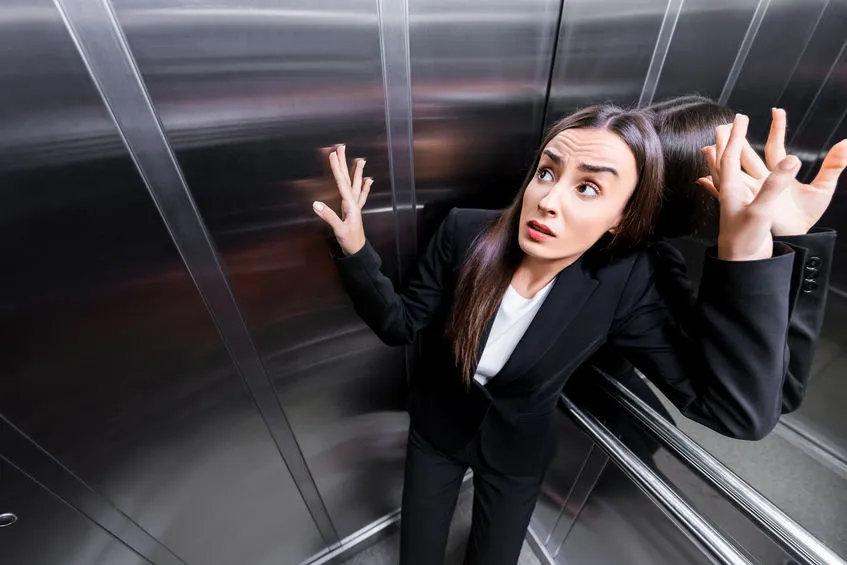
Claustrophobia (Fear of Enclosed Spaces)
Fear of confined spaces (claustrophobia) becomes a phobia when it interferes with your ability to function at work, school, or other daily activities. Common triggers include tunnels, elevators, trains and airplanes
What situations can trigger claustrophobia?
Common triggers include:
- Tunnels.
- Elevators.
- Trains.
- Airplanes.
- Small cars.
- Caves.
- MRI imaging machine.
- Cellars.
- Small rooms without windows or with windows that can’t be opened.
- Thoughts about being in a confined space.
Symptoms and Causes
What are the symptoms of claustrophobia?
Symptoms of claustrophobia are similar to symptoms of anxiety and a panic attack. You may experience:
Physical symptoms
- Sweating or shaking.
- Tightness in chest or rapid heartbeat.
- Trouble breathing or breathing fast.
- Chills or flushing (red, hot face).
- Choking feeling.
- Upset stomach or feeling “butterflies” in your stomach.
- Dizziness, feeling faint or lightheaded.
- Dry mouth.
- Feeling confused or disoriented.
- Numbness or tingling.
- Ringing in your ears.
- Crying, tantrums, freezing or clinging (symptoms of a specific phobia in children).
Emotional symptoms
- Fear of losing control.
- Fear of fainting.
- Feelings of dread.
- Feeling overwhelming anxiety.
- Feeling an intense need to leave the situation.
- Understanding that the fear isn’t rational, but you can’t overcome it.
- Fear of dying.
Management and Treatment
How is claustrophobia treated?
Exposure therapy and cognitive behavioral therapy are the two main treatments for claustrophobia.
Exposure therapy (also called desensitization therapy)
In this type of psychotherapy, you are gradually exposed to your feared situation. With gradual, repeated exposure, the goal is that you will feel comfortable in your specific feared situation.
Exposure therapy may involve:
- Facing your feared phobia directly, in real-time.
- Recalling and describing your feared experience.
- Looking at pictures or using virtual reality to get close to the real feared experience yet be in a safe environment.
Exposure therapy can be paced in several ways. Therapy also includes relaxation and breathing exercises. Your psychologist will develop a unique plan for you, based on the severity of your symptoms.
Cognitive behavioral therapy (CBT)
This type of psychotherapy (talk therapy) focuses on managing your phobia by changing the way you think, feel and behave.
During CBT, you’ll:
- Discuss your symptoms and describe how you feel.
- Explore your phobia more deeply to gain an understanding of how to respond.
- Learn how to recognize, reevaluate and change your thinking.
- Use problem-solving skills to learn how to cope.
- Face your phobia instead of avoiding it.
- Learn how to keep your mind and body calm.
